In the sport of mountaineering, climbers assign a grade to a boulder or climbing route, describing the degree of difficulty and danger, in the ascent. The group that assembled in January 1959 were experienced Grade II hikers, off on a winter trek which would earn them a Grade III certification, upon their return. They were ten in number, colleagues from the Ural Polytechnic Institute in Sverdlovsk (now Yekaterinburg) Russia, bent on conquering Mount Otorten, in the northern Ural Mountains.
The Northern Ural is a remote and frozen place, the Ural Mountains forming the barrier between the European and Asian continents, ending in an island chain, in the Arctic Ocean. Very few live there, mostly a small ethnic minority called the Mansi people. In the Mansi tongue, Otorten translates as “Don’t Go There”. No matter. This was going to be a grand adventure.
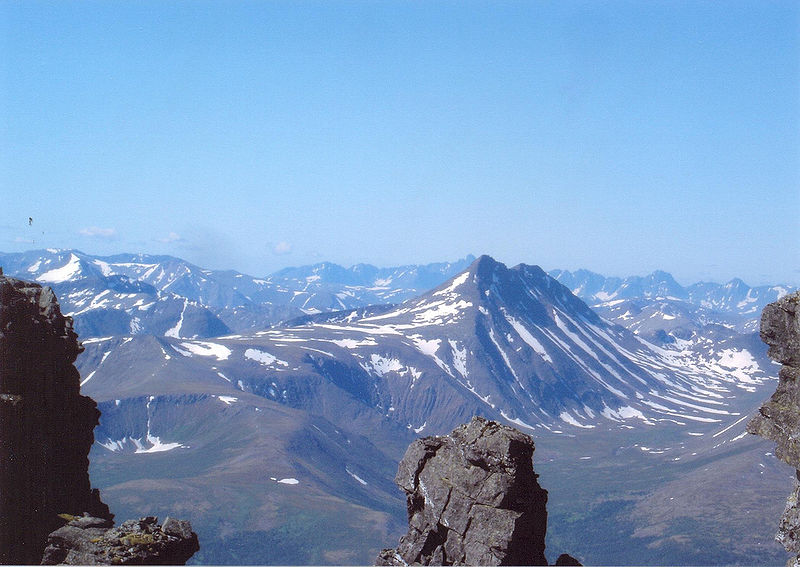
Eight men and two women made it by truck as far as the tiny village of Vizhai, on the edge of the wilderness. There the group learned the ancient and not a little frightening tale of a group of Mansi hunters, mysteriously murdered on what came to be called “Dead Mountain”. Nothing like a good, scary mystery when you’re heading into the woods, right?
On January 28, Yuri Yefimovich Yudin became ill, and had to back out of the trek. The other nine agreed to carry on. None of them knew at the time. Yudin was to become the sole survivor of his own terrifying mystery.
The leader of the expedition, Igor Alekseyevich Dyatlov, left word that he expected to return, on February 12. The day came and went with no sign of the group but, no big deal. It was common enough to come back a few days late, from the frozen wilds of the Ural Mountains.

Friends and relatives of the nine became concerned by February 20. Something was wrong. Rescue expeditions were assembled, first from students and faculty of the Ural Polytechnic Institute, later by military and local police.
There were airplanes and helicopters, and skiers on the ground. On February 26, searchers found an abandoned tent on the flanks of Kholat Syakhl. Dead Mountain.
Mikhail Sharavin, the student who found the tent, described the scene: “the tent was half torn down and covered with snow. It was empty, and all the group’s belongings and shoes had been left behind.” The tent was cut up the back from the inside, eight or nine sets of footprints in the snow, leading away some 1,600 feet until disappearing, under a fresh fall of snow.

Despite winter temperatures of -13° to -30° Fahrenheit, most of these prints showed feet clad only in socks. Some were barefoot. One had a single shoe. Two bodies were found clad only in underwear, those of Yuri (Georgiy) Alexeyevich Krivonischenko and Yuri Nikolayevich Doroshenko, near the remains of a small fire. They were under a large Siberian Pine, broken branches up to thirty feet high suggesting that someone had climbed the thing, to look around. Or to get away?
Three more bodies were found leading back to the tent, frozen in postures suggesting they were trying to get back. Medical investigators examined the bodies. One, that of Rustem Vladimirovich Slobodin showed a small skull fracture, probably not enough to threaten his life. Cause of death was ruled, hypothermia.
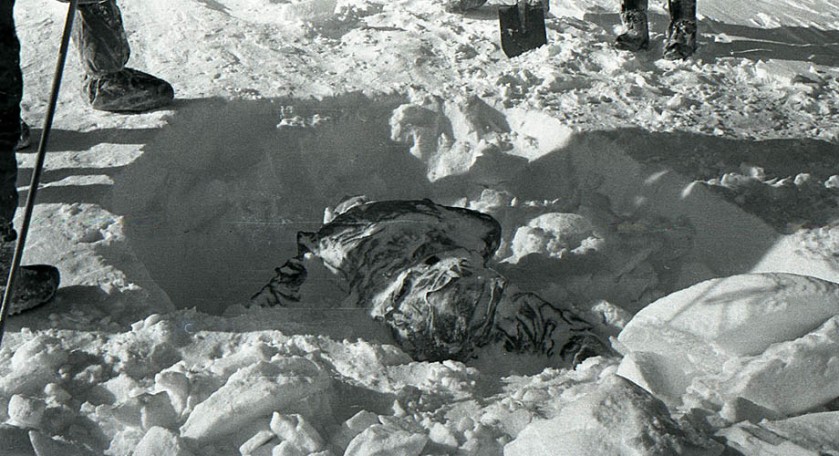
It took two more months to find the last four bodies, buried under twelve feet of snow some 75-feet away. These were better dressed than the other five, indicating they were probably outside. There were unexplained traces of radiation on their clothes.
The condition of these last four, would change this whole story. Nikolai Vladimirovich Thibeaux-Brignolles suffered massive skull fractures, with no external injury. Lyudmila Alexandrovna Dubinina and Semyon (Alexander) Alekseevich Zolotaryov showed massive chest fractures, such as to be caused by a force, similar to a car crash. Again, with no external injury. Both were missing their eyes. Dubinina was missing her tongue, and part of her face.
With volumes of unanswered questions, the inquiry was closed in May 1959. Cause of death was ruled “A spontaneous force which the hikers were unable to overcome“. Dead Mountain was ruled off limits, the files marked confidential. Case closed.
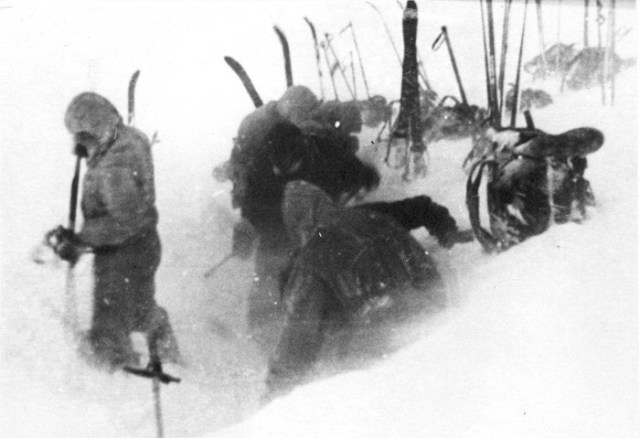
Explanations have been offered from the mundane to the supernatural, but none was ever proven. Mansi hunters had killed them for encroaching on their territory. Except there were no other footprints. This was the work of a Menk, a mythical Siberian Yeti, or an avalanche, or a super-secret parachute mine exercise, carried out by the Soviet military. Some believe it was aliens. There were reports of orange glowing orbs, in the sky.
How nine experienced mountaineers got caught out and frozen to death remains a profound mystery, to say nothing of the massive internal injuries, suffered by three. The incident at what has come to be called Dyatlov Pass remains an enigma, to this day.
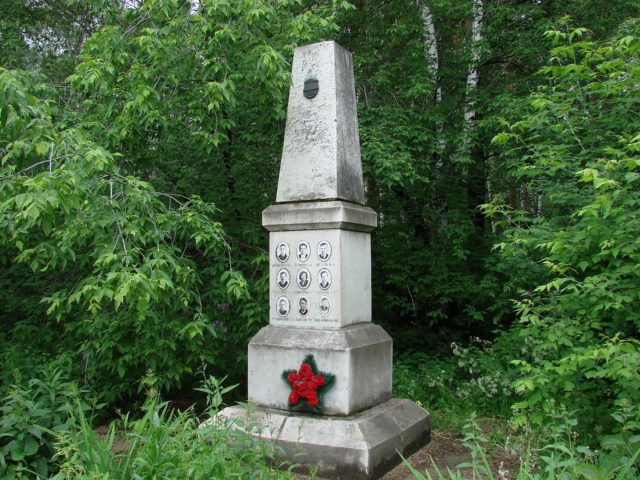
If you enjoyed this “Today in History”, please feel free to re-blog, “like” & share on social media, so that others may find and enjoy it as well. Please click the “follow” button on the right, to receive email updates on new articles. Thank you for your interest, in the history we all share.

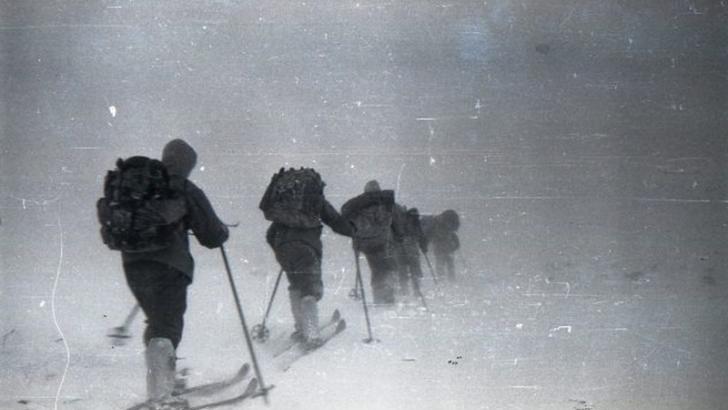

History with a touch of the Twilight Zone.
LikeLiked by 1 person
Nice, Max. Well done. That’s exactly what it is.
LikeLiked by 1 person
Thank you for this very mysterious story.
LikeLiked by 1 person
Thanks for coming along for the ride.
LikeLike
Hmmm… The name is familiar to Cold War buffs. Anthrax leaks… radioactive things… dictators hammering the desk with shoes… foul play?
LikeLiked by 1 person
Reblogged this on Dave Loves History.
LikeLiked by 1 person
Thanks Dave.
LikeLiked by 1 person
Very interesting and cool stuff today. Keep writing!
LikeLiked by 1 person
This one read more like a ghost story than straight-up history,
LikeLiked by 1 person